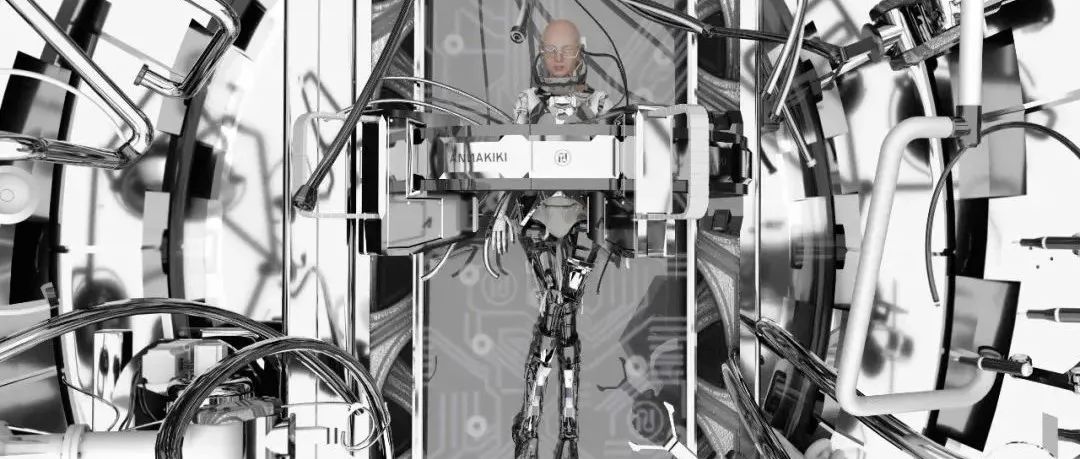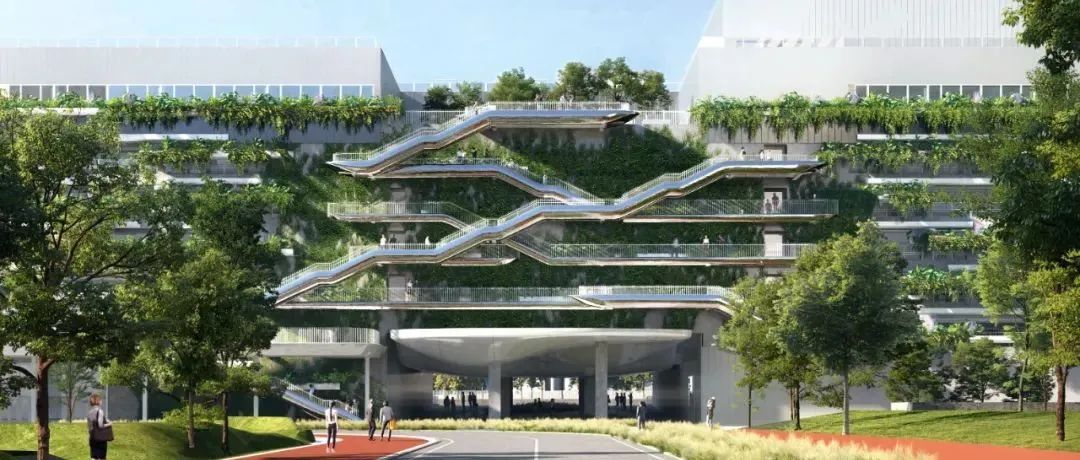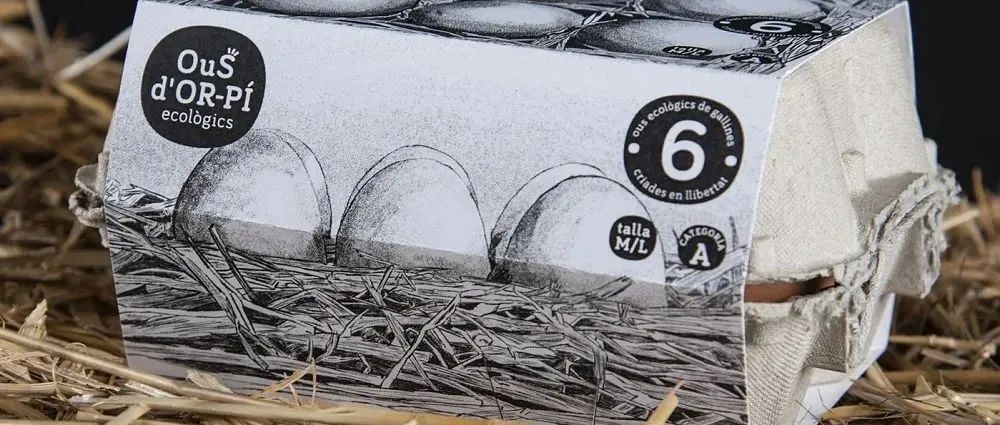Following our What are the places you love? insight piece published a few weeks ago, we are excited to launch the six qualities framework out of our reseach work. We will introduce some qualities in this post and the rest of them in Part II.
By Camilla Siggaard Andersen, Senior Researcher, Hassell
Decoding the components of places that deliver for people and planet
Drawing on global best practice in urban design, we’ve developed a framework revolving around six qualities of great urban places.
Whether this work is used as a starting point, an ending point, or simply a point of reference, we hope it’s a valuable part of the conversation about how to design places where our ecologies, economies and communities will flourish for years to come.
What’s your favourite part of the city?
You might be drawn to a lush green park, like the one overlooking Hong Kong Harbour. Or maybe the crowds and fluorescent lights of New York’s Times Square, or a Victorian laneway of shops and cafes in London.
We all love different parts of the city, and the best cities have something for everyone to love. Simple, right?
Not exactly.
Cities are complex, living organisms, shaped and reshaped on a daily basis by their users and their needs.
By putting spaces, buildings, and activities together, we create places that capture our hearts and minds and become − in every sense of the phrase − integral to our lives.
A great urban place is a complex ecosystem that draws together spatial, functional, and emotional qualities to unlock multi-faceted experiences that are greater than the sum of their parts.
Some places serve as our homes and as destinations for social interaction; some facilitate production and economic activities; some are defined mainly by the natural environment, and serve also as sources of food, water, energy, materials, and shelter.
And then there are the places that integrate all three aspects of ecology, economy, and community into one, overlapping functions in time and space to deliver greater outcomes across the full triple bottom line.
These are the truly great places. But, due to the built-in complexity of competing and complementing interests, they’re also the hardest to recreate.
Introducing the framework
The “Six Qualities of Great Urban Places” is our emerging framework for designing ecologically sustainable, economically vibrant, and socially responsible destinations in cities and neighbourhoods − places people love.
We developed the qualities based on an extensive review of secondary literature and best-practice examples from across the global built environment industry, and by drawing on our own international experience in urban design, architecture, and landscape architecture.
The framework was designed to have global relevance, so that local cities, places, and communities could use the qualities as a way to augment and complement their own unique requirements.
Beautifully original
Beautifully original places celebrate the local landscape, character, and culture, creating outcomes that are as attractive to their daily users as they are competitive on the world stage.
With the prevalence of mass distribution systems and digital technology, cities have become global clusters of social interaction and commerce, in stark competition with one another to appeal to an international market of skills and assets.
Riverside Green, Brisbane, Australia
That means cities are faced with at least three major identity challenges. First, how to remain competitive in an international environment. Second, how to operate globally while maintaining local relevance. And third, how to build a positive future while acknowledging the past and making reparations.
The answer to all of these questions lies in a return to more locally driven outcomes − inspired by local communities and appropriate for the natural conditions.
Urban beauty is among the most important predictors of overall growth in a city’s population.
Source: G. A. Carlino & A. Saiz (2019)
Both the World Economic Forum and the World Bank have established that cities often increase their competitiveness simply by becoming better at what they already do. In other words, by embracing their inherent originality.
Conveniently compact
Compact places bring individuals, destinations, and services closer together, enabling more convenient lifestyle patterns that help people and the planet to save valuable energy, resources, and time.
All across the world, cities struggle to compete with the suburban promise of space, peace, and quiet. But ‘sprawl’ is impacting on the health and well-being of the natural environment, and destroying plant and wildlife habitats that are equally crucial for our own survival.
Cities and towns have always been places where people come together to seek economic and social opportunities, but the lack of quality in many urban clusters has also made both economic districts and local communities brittle.
Flour Mill of Summer Hill, Sydney, Australia
For compactness to be desirable, the benefits need to be clearly explained, and density must be delivered alongside high-quality destinations, active travel networks and public amenities. That convenience will then bring people closer to the resources, amenities, experiences and destinations they need for healthy, happy lives.
Increasing urban density by just 1% raises wages by 4% and reduces both per capita energy use and car use by 7%.
Source: G. M. Ahlfeldt and E. Pietrostefani (2019)
Get in touch if you have any thoughts you want to share with us. We'd love to hear from you. Next week, we will share the rest of the four qualities - 'Richly diverse', 'Openly networked', 'Playfully dynamic' and 'Naturally regenerative' and by weaving the 'Six qualities of Great urban places' into every dimension of a city we can help ensure that environmental, economic, and social outcomes are delivered as one.
本文来自微信公众号“Hassell”(ID:Hassell_studio)。大作社经授权转载,该文观点仅代表作者本人,大作社平台仅提供信息存储空间服务。












